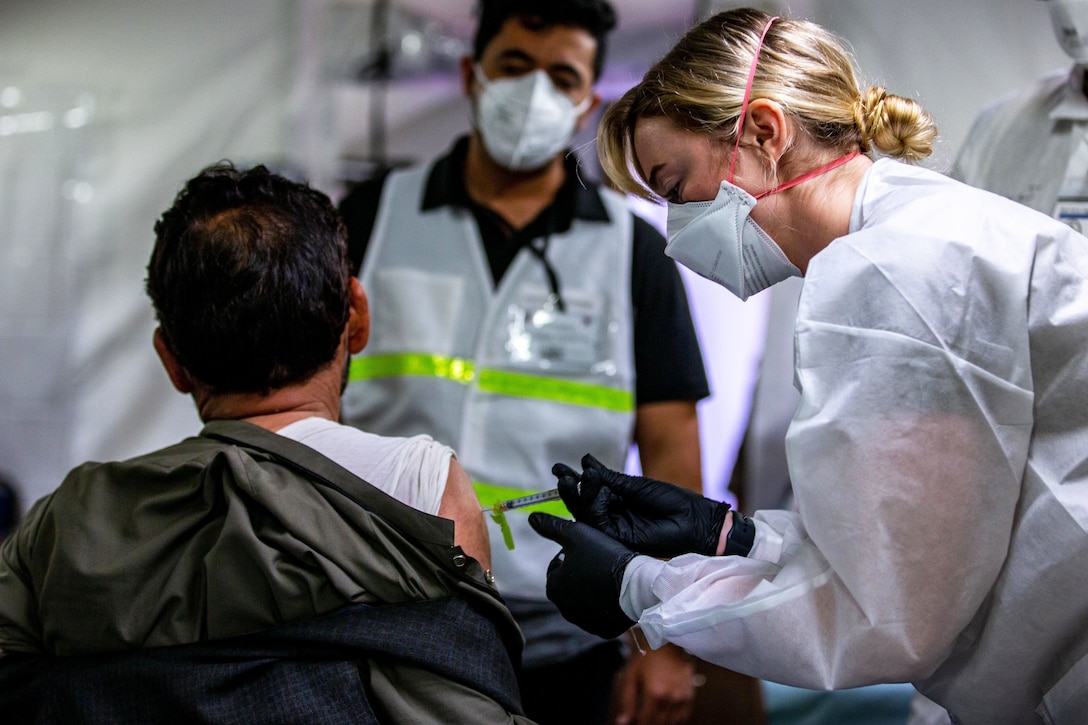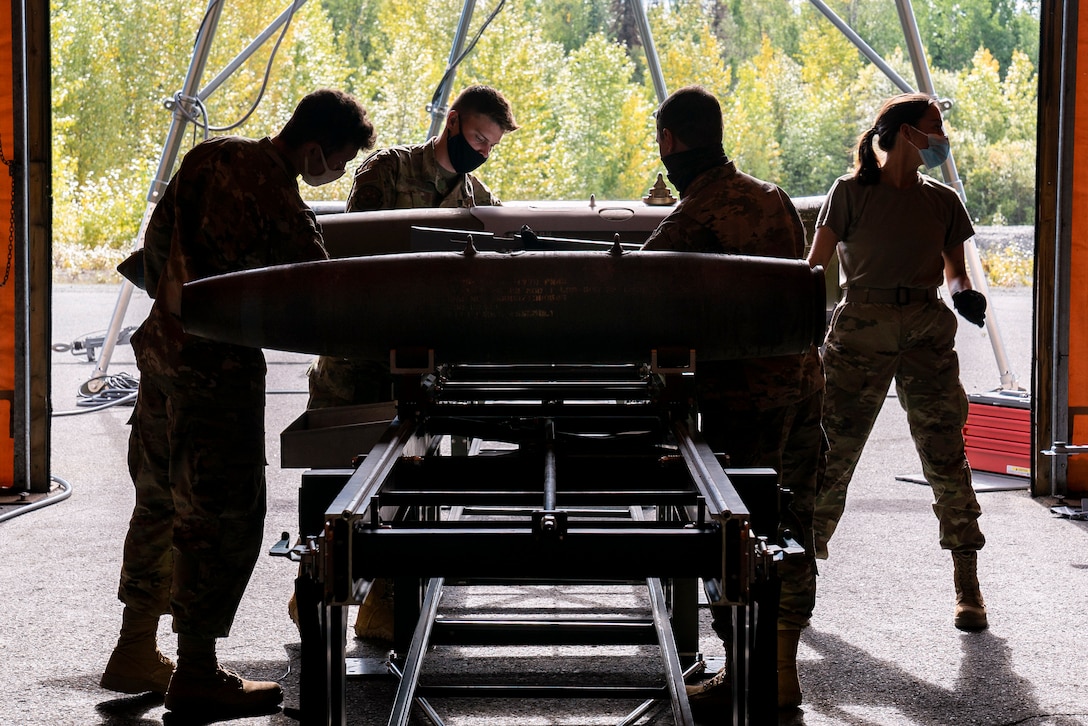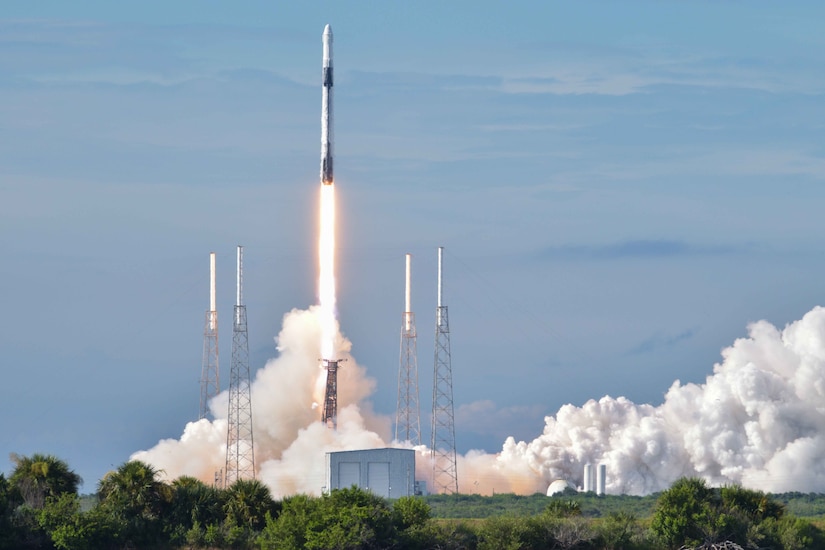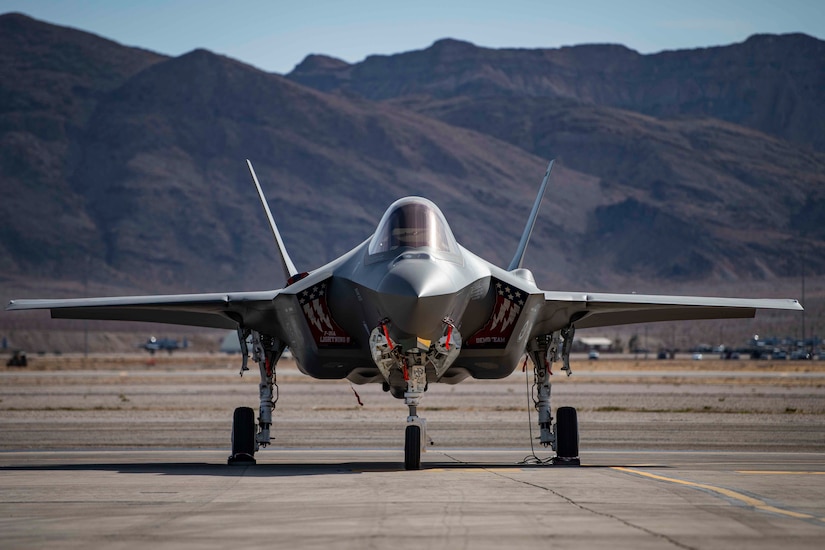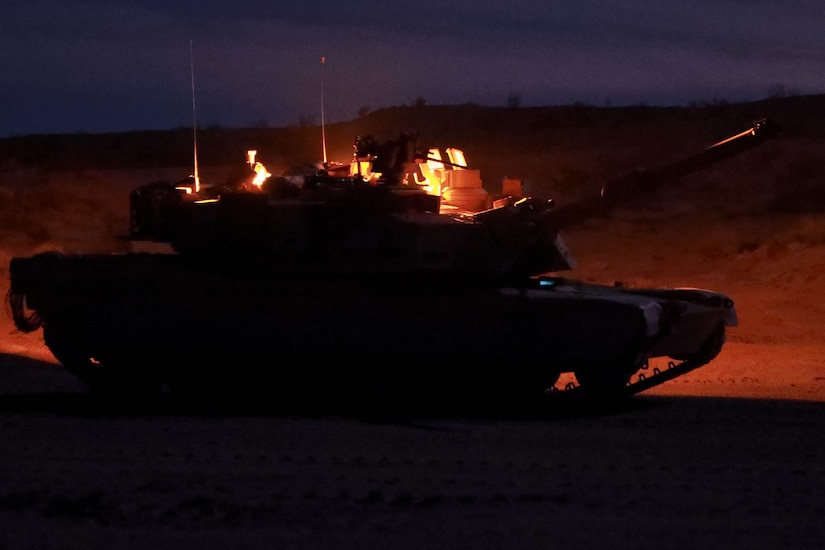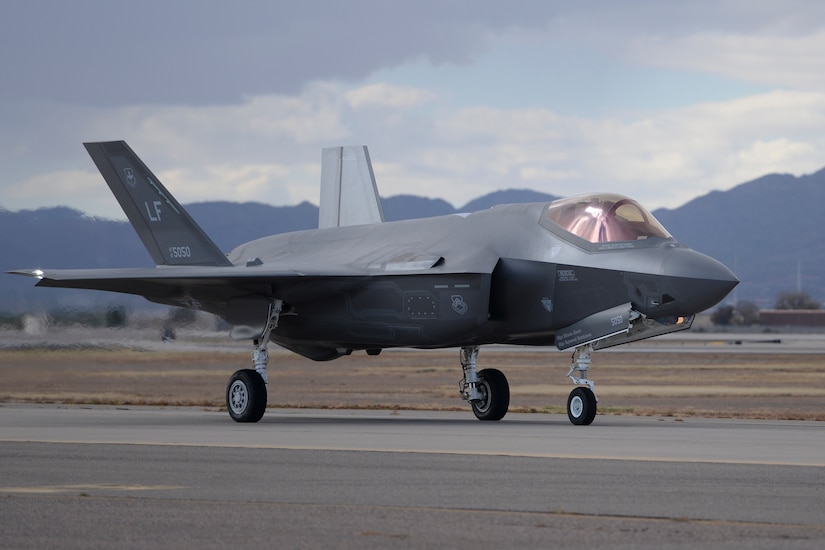Sept. 22, 2021
The Department of Defense today announced the award of 13 grants totaling approximately $60 million under the Defense Community Infrastructure Pilot Program by the Office of Local Defense Community Cooperation. These infrastructure projects benefit local installations, supporting service members, their families, and the Department’s missions. The awards derive from Fiscal Year 2021 appropriated funding, and leverage an additional $68 million in non-Federal funding for a total investment of $128 million.
On August 13, 2021, the office of the Under Secretary of Defense (Acquisition and Sustainment), instructed the Office of Local Defense Community Cooperation to invite grant applications from 13 proposers based upon the relative competitive ranking of their proposals by the Defense Community Infrastructure Review Panel to obligate the full amount of the $60 million Fiscal Year 2021 appropriations prior to September 30, 2021.
The grant awards are as follows:
- $5,925,150 to the City of Manhattan, Kansas to undertake a $6,729,187 project to reconstruct a runway at Manhattan Regional Airport for Fort Riley, Kansas. The project will support military use of the local civilian aviation facility.
- $650,000 to Carteret County, North Carolina to undertake a $1,950,000 project to implement shoreline & infrastructure protection measures on Radio Island. The project will carry out shoreline and infrastructure protection measures on Radio Island. The project supports Joint Expeditionary Base Little Creek-Fort Story, Virginia, and will include restoration of a beach and dune system to mitigate erosion problems.
- $4,329,268 to Western Municipal Water District, California to undertake a $12,457,527 project to build a local groundwater resiliency connection to support March Air Reserve Base.
- $3,500,000 to the City of Oceanside, California to undertake an $18,601,703 project to construct a new fire station to support emergency response resources provided to Marine Corps Base Camp Pendleton.
- $9,840,892 to the City of Minot, North Dakota to undertake a $23,618,141 project to undertake a portion of a flood risk management system along the Mouse River in support of Minot Air Force Base.
- $395,118 to St. Mary’s County, Maryland to undertake a $564,454 project to improve pedestrian access across Route 235 to installation gates, supporting Naval Air Station Patuxent River.
- $6,440,985 to Escambia County, Florida to undertake an $9,201,408 project to construct emergent and submerged offshore reef breakwaters and twenty acres of sandy beach habitat in support of Naval Air Station Pensacola.
- $3,000,000 to the City of Milton, Florida to undertake a $4,371,500 project to increase wastewater treatment capacity in support of Naval Air Station Whiting Field.
- $10,000,000 to the Kitsap County Sewer Utility, Washington to undertake a $20,300,000 in support of Naval Base Kitsap (Bangor & Keyport).
- $4,230,133 to United Water Conservation District, California to undertake a $12,429,191 project to construct a treatment facility for three existing lower aquifer system wells in support of Naval Base Ventura County.
- $5,254,800 to the Port of Everett, Washington to undertake an $8,758,000 project to support the Port of Everett’s marina facilities in support of Naval Station Everett.
- $250,000 to the City of Portsmouth, Virginia to undertake a $640,000 in transportation improvements to Naval Support Activity Hampton Road’s Naval Medical Center Portsmouth.
- $6,000,000 to the City of Springfield, Ohio to undertake an $8,019,535 project to support the National Advanced Air Mobility Center of Excellence (NAAMCE) at Springfield-Beckley Municipal Airport. The facility will be used by the Air Force Research Laboratory and Wright-Patterson Air Force Base.
Each of the grantees are working with the Office of Local Defense Community Cooperation to ensure compliance with the National Environmental Policy Act of 1970, as amended, and may commence ground disturbing activity upon notification from the Office of Local Defense Community Cooperation. The Defense Community Infrastructure Program is authorized under 10 U.S. Code § 2391 and received appropriations in Fiscal Year 2021.
For additional information about the Defense Community Infrastructure Pilot program, visit this website: https://oldcc.gov/defense-community-infrastructure-pilot-program-dcip